1954 VOLKSWAGEN KOMBI MODEL 211 MICROBUS Chassis No. 20086661 Velvet green over mint and black with patterned interior Engine: four horizontally opposed cylinders, overhead valves, air- cooled, 1,192cc, 36bhp at 3,700rpm; Gearbox: four speed manual; Suspension: kingpins with transverse torsion bars and trailing arms to the front and swing axles with trailing arms and torsion bars to the rear; Brakes: hydraulic drum all around. Left hand drive. The birth of the Volkswagen Microbus arose shortly after World War II, when the British found themselves running the VW factory in Wolfsburg, Germany. Ben Pon, a Dutch VW importer, became inspired when he saw the motorized trolleys which were built using stripped down Beetle chassis and running gears taking parts around the vast factory in 1947. Using these rudimentary but ingenious vehicles (which looked rather like a box on wheels) as his basis, Pon sketched a design for a Beetle-based van. Heinz Nordhoff furthered this idea a year later when he took over as chief executive of Volkswagen and the first VW van was ultimately launched at the Geneva Motor Show in November 1949. The series production of ten vehicles a day began on March 8, 1950: the basic design remained the same for four decades of production and over five million buses were manufactured over that time. The forward control vehicle with rear engine and box-shaped body filled a gap created in the market in post-war Europe as there was a lack of simple but sturdy vehicles for transporting with a high degree of flexibility and low costs. In the US, if the very idea of a Beetle-based van wasn't far out enough, who could have imagined that the 'microbus' would become a cultural icon on its own, as familiar around the world as the Beetle itself. Not only would it serve millions as a utilitarian transporter and cargo hauler, but its destiny would eventually become intertwined with the counter culture of the Sixties. Originally imported by Competition Motors in Hollywood, California, the example offered here was first purchased by Joseph Busiek of Palmdale, California in April 1954. Convinced by a VW enthusiast to sell the bus in 1985, restoration began on this former desert occupant. Family priorities prevailed, and the car was purchased by the current owner in June 1994. The subsequent major restoration began in earnest. Stripped down to its rust-free body, the restoration work was extensive. The underbody was sprayed with the original style gray semi-gloss paint, the front end and all suspension components were rebuilt and repainted, and new heater tubes installed. An original style 1954 20 serial number engine was found and completely rebuilt using all period correct and mostly NOS (New Old Stock) parts. All engine sheet metal was powder-coated, and all of the aluminum parts were thoroughly cleaned and media blasted. Further NOS parts were used such as the proper small coil, the big-nut pulley, new pistons and cylinders, strapover air cleaner, and a new single pipe muffler. Original big-logo glass was installed with new seals all around, with the windshield being upgraded to safety glass. The sliding windows received new felt, and NOS door handles were installed along with the correct wipers. The original three-spoke steering wheel was restored as was the original dash pod together with the original on-off switch and starter button. A NOS speedometer in kilometers was fitted with NOS European bulb type headlights and NOS correct taillights and stop light. New door panels and kick panels were cut from the correct gray tarboard, and the front bench seat was reupholstered in black leatherette. NOS round mirrors were installed on correct barn door mirror arms. It has the original spare tire shelf above the engine, as well as the original gas tank with the correct reserve lever. The very rare, factory installed Behr air scoop has been restored and rewired and works to perfection. All five original 16 inch wheels have been re
1954 VOLKSWAGEN KOMBI MODEL 211 MICROBUS Chassis No. 20086661 Velvet green over mint and black with patterned interior Engine: four horizontally opposed cylinders, overhead valves, air- cooled, 1,192cc, 36bhp at 3,700rpm; Gearbox: four speed manual; Suspension: kingpins with transverse torsion bars and trailing arms to the front and swing axles with trailing arms and torsion bars to the rear; Brakes: hydraulic drum all around. Left hand drive. The birth of the Volkswagen Microbus arose shortly after World War II, when the British found themselves running the VW factory in Wolfsburg, Germany. Ben Pon, a Dutch VW importer, became inspired when he saw the motorized trolleys which were built using stripped down Beetle chassis and running gears taking parts around the vast factory in 1947. Using these rudimentary but ingenious vehicles (which looked rather like a box on wheels) as his basis, Pon sketched a design for a Beetle-based van. Heinz Nordhoff furthered this idea a year later when he took over as chief executive of Volkswagen and the first VW van was ultimately launched at the Geneva Motor Show in November 1949. The series production of ten vehicles a day began on March 8, 1950: the basic design remained the same for four decades of production and over five million buses were manufactured over that time. The forward control vehicle with rear engine and box-shaped body filled a gap created in the market in post-war Europe as there was a lack of simple but sturdy vehicles for transporting with a high degree of flexibility and low costs. In the US, if the very idea of a Beetle-based van wasn't far out enough, who could have imagined that the 'microbus' would become a cultural icon on its own, as familiar around the world as the Beetle itself. Not only would it serve millions as a utilitarian transporter and cargo hauler, but its destiny would eventually become intertwined with the counter culture of the Sixties. Originally imported by Competition Motors in Hollywood, California, the example offered here was first purchased by Joseph Busiek of Palmdale, California in April 1954. Convinced by a VW enthusiast to sell the bus in 1985, restoration began on this former desert occupant. Family priorities prevailed, and the car was purchased by the current owner in June 1994. The subsequent major restoration began in earnest. Stripped down to its rust-free body, the restoration work was extensive. The underbody was sprayed with the original style gray semi-gloss paint, the front end and all suspension components were rebuilt and repainted, and new heater tubes installed. An original style 1954 20 serial number engine was found and completely rebuilt using all period correct and mostly NOS (New Old Stock) parts. All engine sheet metal was powder-coated, and all of the aluminum parts were thoroughly cleaned and media blasted. Further NOS parts were used such as the proper small coil, the big-nut pulley, new pistons and cylinders, strapover air cleaner, and a new single pipe muffler. Original big-logo glass was installed with new seals all around, with the windshield being upgraded to safety glass. The sliding windows received new felt, and NOS door handles were installed along with the correct wipers. The original three-spoke steering wheel was restored as was the original dash pod together with the original on-off switch and starter button. A NOS speedometer in kilometers was fitted with NOS European bulb type headlights and NOS correct taillights and stop light. New door panels and kick panels were cut from the correct gray tarboard, and the front bench seat was reupholstered in black leatherette. NOS round mirrors were installed on correct barn door mirror arms. It has the original spare tire shelf above the engine, as well as the original gas tank with the correct reserve lever. The very rare, factory installed Behr air scoop has been restored and rewired and works to perfection. All five original 16 inch wheels have been re
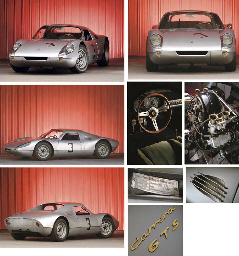
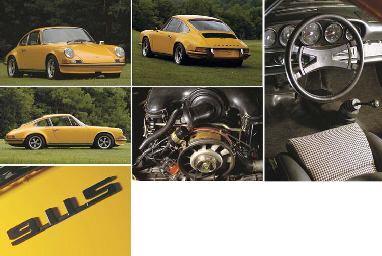
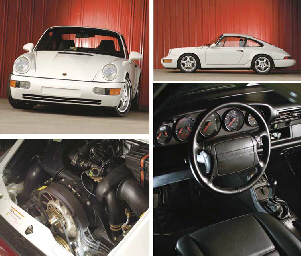
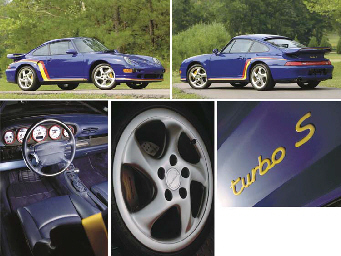
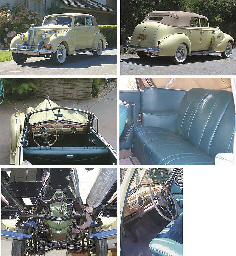
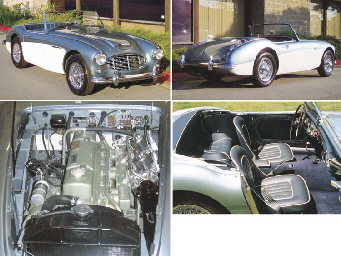
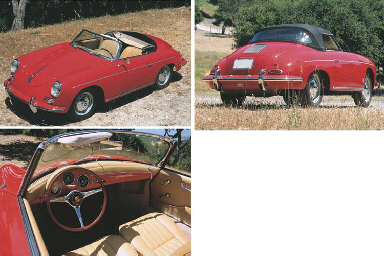
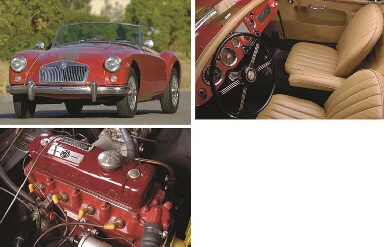
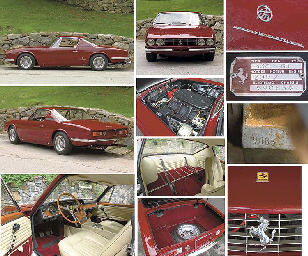
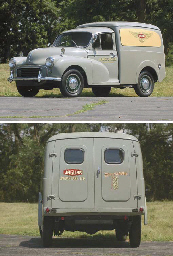
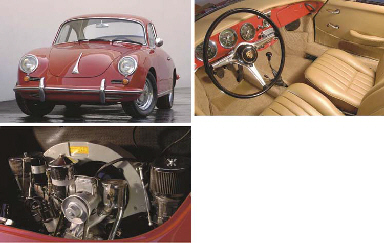
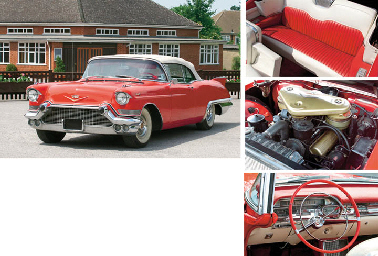



Try LotSearch and its premium features for 7 days - without any costs!
Be notified automatically about new items in upcoming auctions.
Create an alert